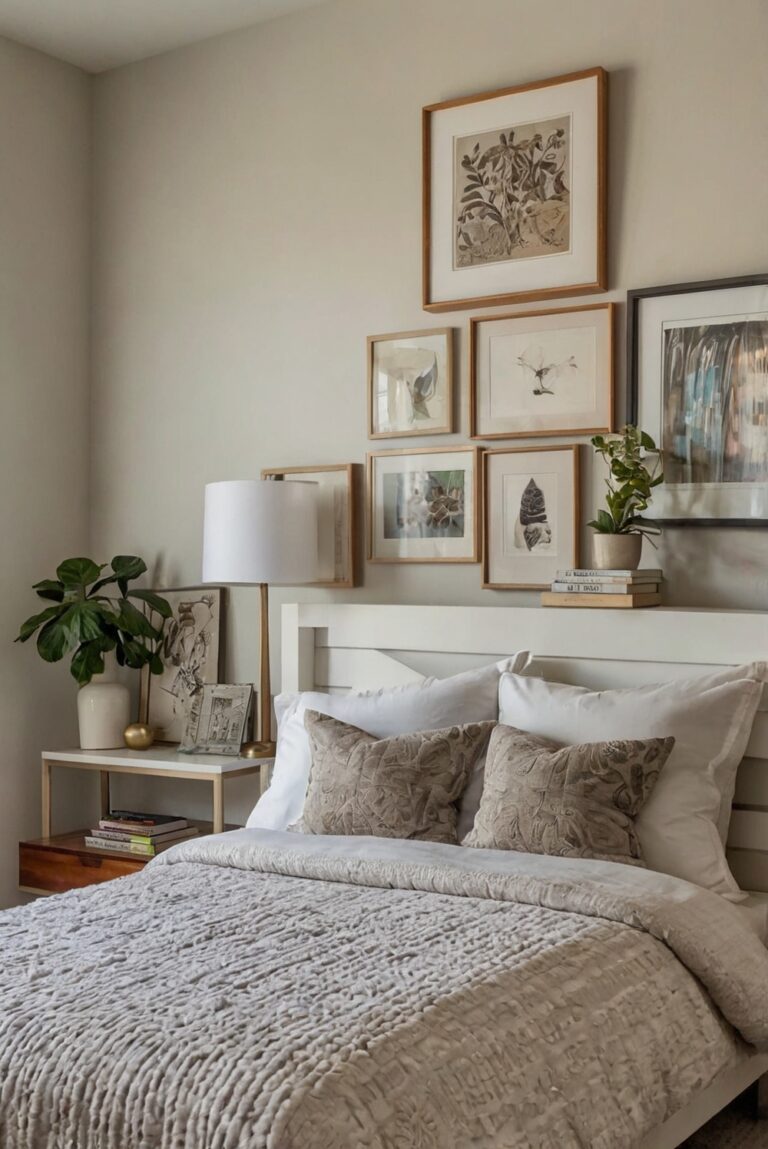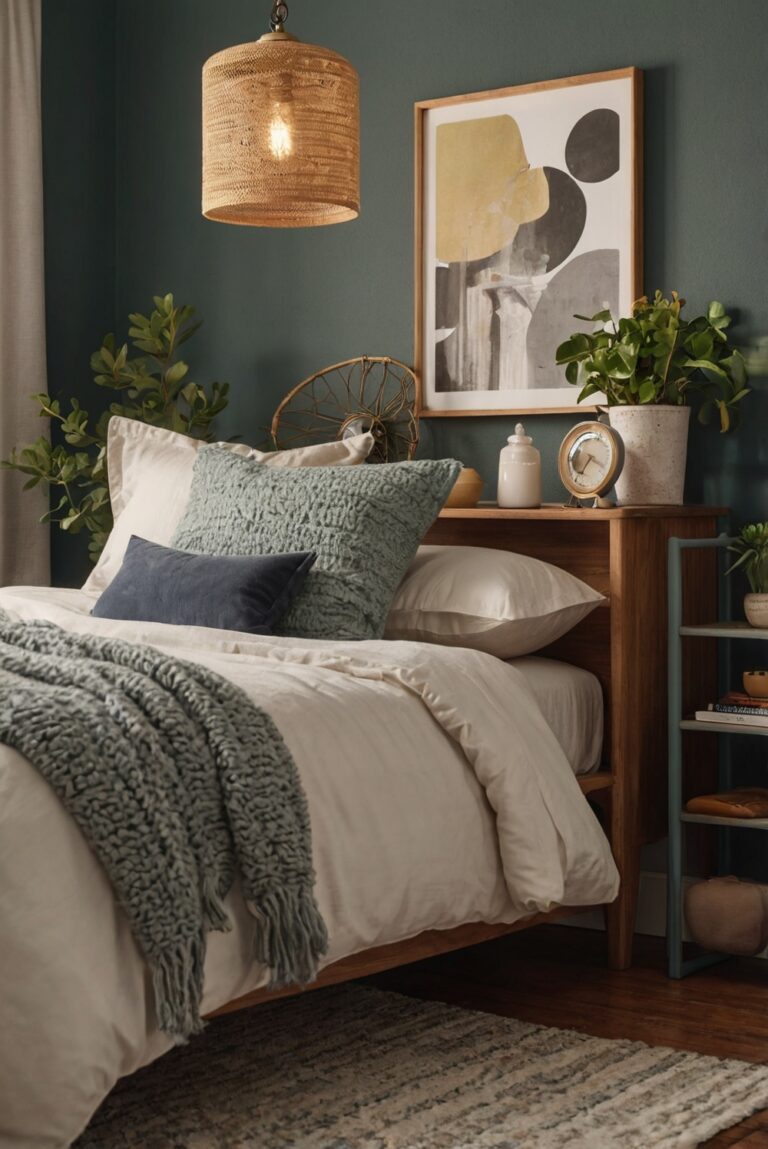Discover the best lighting options to enhance your small living room! Join us as we explore daily interior designer routines for creating a cozy and stylish space.
What are the best lighting options for a small living room?
Answer:
In a small living room, the right lighting can greatly enhance the space and create a cozy atmosphere. Opt for adjustable overhead lights to allow flexibility in lighting levels. Use wall sconces or floor lamps strategically placed to brighten dark corners and add ambience. Incorporating dimmable lights will provide versatility for different occasions. Consider LED lights for energy efficiency and longevity. Avoid harsh lighting that could overwhelm the space and opt for softer, warmer tones. Create a balanced mix of ambient, task, and accent lighting to ensure functionality and aesthetic appeal in your small living room.
What are the best lighting options for a small living room?
1. Natural Light:
Natural light is crucial for any small living room as it can make the space feel larger and more inviting. To maximize natural light, consider using sheer curtains or blinds that allow light to filter through while maintaining privacy. Position furniture away from windows to prevent blocking the light and use mirrors to reflect natural light throughout the room.
2. Overhead Lighting:
Overhead lighting is essential in a small living room as it provides general illumination. Consider installing a ceiling fixture such as a pendant light or chandelier to brighten up the room. Opt for a fixture that complements the size of the room and provides adequate light without overwhelming the space.
3. Task Lighting:
Task lighting is important for performing specific activities in the living room such as reading, working, or playing games. Place task lighting fixtures such as table lamps, floor lamps, or wall sconces near seating areas or workspaces to provide focused light where needed. Choose fixtures with adjustable arms or shades to direct light where it is needed most.
Ambient Lighting:
Ambient lighting sets the overall mood and ambiance in a small living room. Consider using wall-mounted fixtures, recessed lighting, or track lighting to create a warm and inviting atmosphere. Use dimmer switches to control the brightness of ambient lighting and customize the light levels to suit different activities or times of day.
Accent Lighting:
Accent lighting highlights architectural features, artwork, or decorative elements in a small living room. Use track lighting, picture lights, or LED strips to draw attention to focal points and create visual interest. Experiment with different light sources and placement to enhance the overall decor and style of the room.
In conclusion, the best lighting options for a small living room include a combination of natural light, overhead lighting, task lighting, ambient lighting, and accent lighting. By incorporating these different types of lighting fixtures, you can create a well-lit and visually appealing space that is both functional and aesthetically pleasing. Experiment with different lighting combinations and placements to find the perfect balance of light and shadow in your small living room.
1. “What are the best lighting options for a small living room?”
For a small living room, it’s important to maximize natural light by keeping windows unobstructed. Additionally, consider using a combination of overhead lighting, such as a statement pendant light or track lighting, to provide overall illumination. Task lighting, like table lamps or floor lamps, can be strategically placed for reading or other activities. Accent lighting, such as LED strips or wall sconces, can highlight artwork or architectural features in the room. Dimmer switches are also great for adjusting the brightness levels based on the time of day or mood.
2. “How can I make a small living room look bigger with lighting?”
To create the illusion of a larger space in a small living room, opt for lighting fixtures that direct light upwards or towards the ceiling. This can help draw the eye upwards and make the room feel more spacious. Mirrors can also be strategically placed to reflect light and create a sense of depth. Choosing light-colored walls and furniture can further enhance the brightness and openness of the room. Additionally, recessed lighting or wall-mounted fixtures can help save space and avoid cluttering the room with bulky lighting options.
3. “Are there energy-efficient lighting options for a small living room?”
Yes, there are several energy-efficient lighting options that are ideal for a small living room. LED bulbs are a popular choice as they consume less energy and have a longer lifespan compared to traditional incandescent bulbs. Additionally, compact fluorescent lamps (CFLs) are another energy-efficient option that provides bright light while reducing electricity consumption. Consider installing smart lighting systems that allow you to control the brightness and schedule of your lights, helping you save on energy costs. Energy-efficient lighting not only benefits the environment but also helps lower your electricity bills in the long run.
4. “Can lighting affect the mood in a small living room?”
Lighting plays a crucial role in setting the mood in a small living room. Bright, overhead lighting can create a lively and energetic atmosphere, perfect for entertaining guests or engaging in activities. On the other hand, soft, ambient lighting from floor lamps or wall sconces can establish a cozy and relaxing ambiance, ideal for unwinding after a long day. Dimmable lighting options provide flexibility in adjusting the brightness levels to suit different occasions, whether it’s a movie night or a quiet evening at home. By choosing the right lighting fixtures and controls, you can easily transform the mood in your small living room to match your desired atmosphere.
5. “How can I effectively layer lighting in a small living room?”
Layering lighting in a small living room involves combining different types of lighting—ambient, task, and accent—to create a balanced and visually appealing space. Start by installing overhead lighting, such as a chandelier or pendant light, to provide general illumination. Then, add task lighting with table lamps or floor lamps near seating areas for reading or other activities. Accent lighting, like wall sconces or LED strips, can be used to highlight artwork or architectural elements in the room. Consider incorporating dimmer switches to adjust the brightness of each layer of lighting independently, allowing you to customize the lighting levels based on the time of day or specific needs. By strategically layering lighting, you can enhance the functionality and aesthetics of your small living room.



